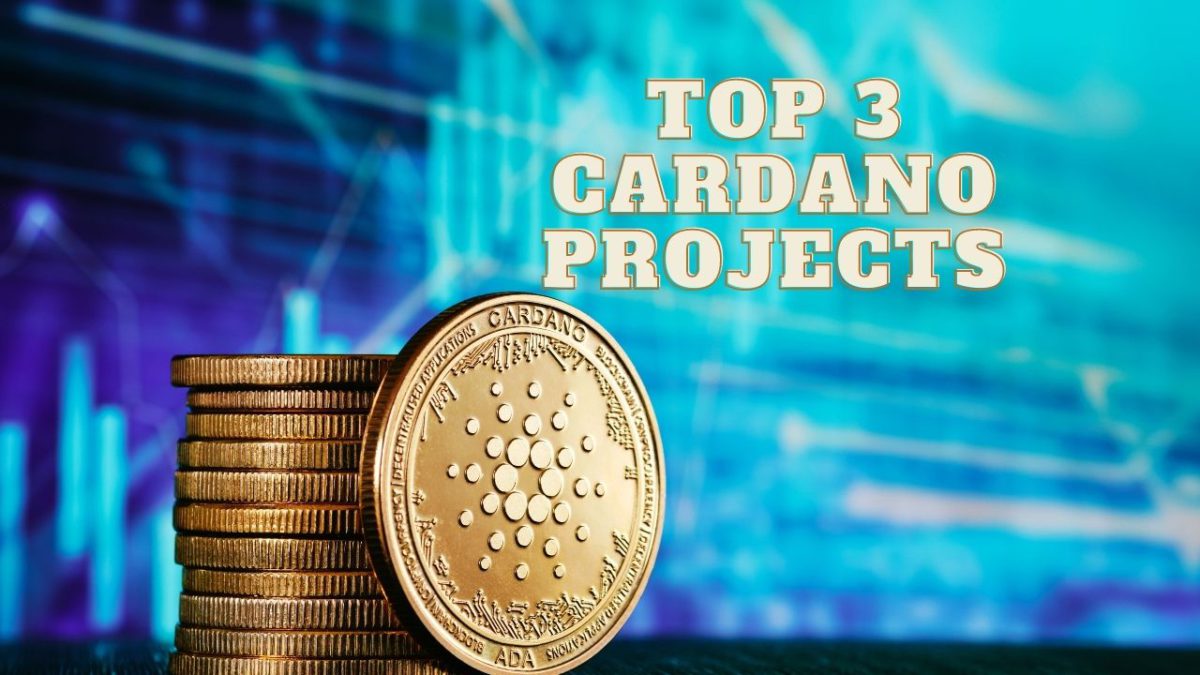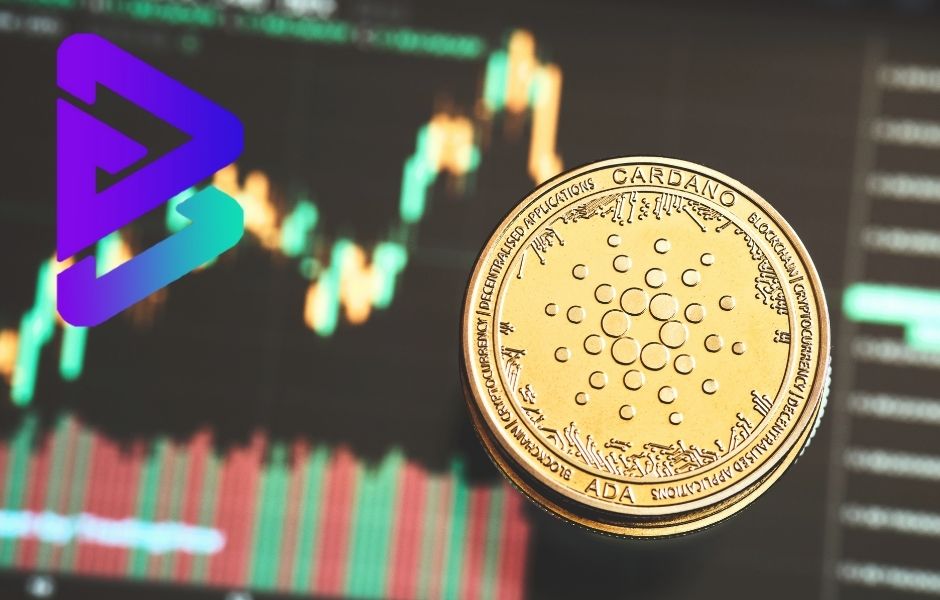The financial landscape is undergoing a revolutionary transformation with the rise of Decentralized Finance (DeFi) applications. DeFi apps, built on blockchain technology, are reshaping traditional financial services by eliminating intermediaries and fostering a more inclusive, transparent, and efficient financial ecosystem. In this comprehensive exploration, we will delve into what DeFi apps are, why they matter, and the profound impact they are having on the global financial landscape.
Understanding DeFi Apps: DeFi apps are decentralized financial applications that leverage blockchain technology, primarily built on platforms like Ethereum. These applications aim to recreate and enhance traditional financial services, such as lending, borrowing, trading, and asset management, in a decentralized and trustless manner.
Key Characteristics of DeFi Apps:
Decentralized Finance (DeFi) refers to a set of financial services and applications built on blockchain technology, primarily on platforms like Ethereum. DeFi apps aim to recreate traditional financial services in a decentralized manner. Here are the key characteristics of DeFi apps:
- Decentralization:
- DeFi apps operate on decentralized blockchain networks, reducing reliance on central authorities such as banks or financial institutions. This decentralization enhances security, transparency, and censorship resistance.
- Smart Contracts:
- Smart contracts are self-executing contracts with the terms of the agreement directly written into code. DeFi apps leverage smart contracts to automate various financial processes, including lending, borrowing, and trading, without the need for intermediaries.
- Open Source Code:
- DeFi protocols often have open-source code, allowing anyone to inspect, audit, and contribute to the codebase. This transparency helps build trust among users and the broader community.
- Interoperability:
- Many DeFi apps are designed to be interoperable, meaning they can seamlessly interact with other DeFi protocols and applications. This interoperability fosters a connected ecosystem of decentralized finance services.
- Permissionless Access:
- DeFi platforms typically offer permissionless access, allowing users to participate without needing approval or going through traditional onboarding processes. Users maintain control over their funds and can access services directly.
- Cryptocurrency Collateral:
- In lending and borrowing protocols, users can use their cryptocurrency holdings as collateral to secure loans. This enables individuals to access liquidity without selling their assets.
- Automated Market Making (AMM):
- DeFi decentralized exchanges often use automated market-making algorithms, replacing traditional order books. Liquidity providers earn fees by supplying assets to liquidity pools, enabling users to trade without relying on centralized exchanges.
- Yield Farming and Liquidity Mining:
- DeFi platforms often incentivize user participation through yield farming and liquidity mining programs. Users can earn additional tokens by providing liquidity to specific pools or participating in governance.
- Non-Custodial Wallets:
- DeFi users interact with applications using non-custodial wallets, where they have sole control over their private keys. This setup ensures security and prevents users from relying on centralized entities to manage their funds.
- Governance Tokens:
- Many DeFi projects issue governance tokens that allow holders to participate in decision-making processes. Users with governance tokens can vote on proposed changes or improvements to the protocol.
- Risk and Audits:
- DeFi projects often emphasize the importance of security and undergo third-party audits to identify vulnerabilities. Users should assess the level of risk associated with each protocol and consider audit reports before participating.
- Flash Loans:
- DeFi platforms enable users to execute flash loans, allowing borrowing and repaying funds within a single transaction. These loans are uncollateralized but require repayment in the same transaction, minimizing the risk of default.
Understanding these key characteristics is essential for users looking to engage with DeFi applications. However, it’s crucial to note that the DeFi space is rapidly evolving, and users should exercise caution, conduct thorough research, and stay informed about potential risks and updates in the ecosystem.
Lending and Borrowing Platforms:
 Lending and borrowing platforms in the decentralized finance (DeFi) space provide users with opportunities to earn interest on their cryptocurrency holdings by lending them to others or to access liquidity by borrowing against their holdings. Here are some key lending and borrowing platforms in the DeFi ecosystem:
Lending and borrowing platforms in the decentralized finance (DeFi) space provide users with opportunities to earn interest on their cryptocurrency holdings by lending them to others or to access liquidity by borrowing against their holdings. Here are some key lending and borrowing platforms in the DeFi ecosystem:
- Compound (COMP):
- Compound is a decentralized lending platform that allows users to supply assets and earn interest or borrow assets by providing collateral. Interest rates are determined algorithmically based on the supply and demand for each asset.
- Aave (AAVE):
- Aave is a decentralized lending and borrowing protocol that supports a wide range of assets. It introduced the concept of flash loans, enabling users to borrow and repay funds within a single transaction. Aave’s lending and borrowing rates are dynamically adjusted based on market conditions.
- MakerDAO (MKR):
- MakerDAO is a decentralized autonomous organization that operates the Dai stablecoin. Users can lock their cryptocurrency assets as collateral and mint Dai as a loan. The stability fee, a form of interest, is paid in MKR tokens.
- Compound (COMP):
- Compound Finance is a protocol that allows users to lend and borrow various cryptocurrencies. It employs algorithmic interest rate determination and allows users to earn interest by supplying assets or borrow by providing collateral.
- Synthetix (SNX):
- While primarily known for synthetic asset creation, Synthetix also provides lending and borrowing functionalities. Users can stake SNX tokens as collateral and mint synthetic assets (Synths) or borrow other supported assets.
- Cream Finance (CREAM):
- Cream Finance is a decentralized lending platform that allows users to lend and borrow various cryptocurrencies. It supports both stablecoins and volatile assets, providing flexibility for users with different risk appetites.
- Yearn.finance (YFI):
- Yearn.finance is more focused on yield optimization, but it integrates with lending platforms like Aave and Compound. It automatically moves users’ funds between these platforms to maximize returns.
- dYdX:
- dYdX is a decentralized trading and lending platform that enables users to lend and borrow a variety of cryptocurrencies. It offers perpetual contracts and margin trading in addition to lending and borrowing services.
- Balancer (BAL):
- Balancer is a decentralized liquidity provider and automated portfolio manager. While it’s not exclusively a lending platform, users can provide liquidity to different pools and earn fees. Additionally, Balancer allows users to borrow assets from pools they contribute to.
- Curve Finance (CRV):
- Curve Finance is primarily focused on stablecoin trading and liquidity provision. Users can provide liquidity to various stablecoin pools and earn trading fees. While not a direct lending platform, it plays a role in decentralized finance by optimizing stablecoin swaps.
Before engaging with any lending or borrowing platform, users should conduct thorough research, understand the risks involved, and be aware of the terms, interest rates, and collateral requirements of each platform. Additionally, it’s essential to use secure wallets and follow best practices for managing private keys when interacting with DeFi platforms.
Yield Farming and Liquidity Mining in DeFi apps:
Yield farming and liquidity mining are strategies within the decentralized finance (DeFi) space that allow users to earn rewards by providing liquidity to certain protocols or by participating in specific activities. These mechanisms are designed to incentivize users to contribute to the growth and functionality of DeFi applications. Here’s an overview of yield farming and liquidity mining:
- Yield Farming:
- Definition: Yield farming, also known as liquidity farming, involves users providing liquidity to decentralized finance protocols in exchange for rewards, typically in the form of additional tokens.
- Process: Users lock up their assets in liquidity pools, which are used to facilitate trading on decentralized exchanges or support other DeFi activities. In return, they receive additional tokens, often in the same or different projects.
- Rewards: Rewards can include a share of trading fees, governance tokens, or other project-specific tokens. Yield farming strategies aim to optimize the yield earned by choosing the most rewarding pools or platforms.
- Liquidity Mining:
- Definition: Liquidity mining is a subset of yield farming where users receive tokens as incentives for providing liquidity to specific DeFi protocols.
- Protocols: DeFi projects, particularly decentralized exchanges and lending platforms, use liquidity mining to attract users and bootstrap liquidity for their platforms.
- Tokens: Users receive governance tokens or other project-specific tokens as rewards. These tokens often grant holders the ability to participate in the decision-making processes of the platform.
- Governance Tokens:
- Distribution: Yield farming and liquidity mining often involve the distribution of governance tokens to participants. These tokens confer voting rights on protocol decisions, allowing users to have a say in the governance of the platform.
- Participation: Users who stake their assets or provide liquidity may earn governance tokens, encouraging active participation and engagement with the DeFi ecosystem.
- Automated Strategies:
- Automated Yield Farming:
- Some DeFi platforms offer automated yield farming strategies that automatically move users’ funds between different liquidity pools or strategies to maximize returns.
- Strategies Optimization:
- These strategies aim to optimize returns by taking advantage of the highest-yielding opportunities within the DeFi ecosystem.
- Risk Considerations:
- Impermanent Loss:
- Users should be aware of impermanent loss, a phenomenon where the value of assets in a liquidity pool diverges from holding them in a wallet. This can impact overall returns.
- Smart Contract Risks:
- As with any DeFi activity, yield farming and liquidity mining involve interacting with smart contracts. Users should consider the risks associated with smart contract vulnerabilities.
- Diversification:
- Optimizing Returns:
- Users often diversify their assets across different yield farming strategies to optimize returns and mitigate risks associated with a single protocol or token.
Yield farming and liquidity mining have become popular strategies for users to actively engage with DeFi platforms, earn rewards, and participate in the governance of decentralized protocols. However, participants should exercise caution, conduct thorough research, and stay informed about the risks and terms associated with each platform or protocol. Additionally, the fast-paced nature of the DeFi space requires users to stay updated on market trends and new opportunities.
DeFi apps represent a paradigm shift in the financial landscape, offering individuals unprecedented access to financial services without the need for traditional intermediaries. The decentralized nature of these applications empowers users, promotes financial inclusion, and fosters innovation. As the DeFi ecosystem continues to evolve, its impact on global finance is undeniable, challenging traditional norms and opening new possibilities for a more inclusive and efficient financial future.
Stay informed with daily updates from Blockchain Magazine on Google News. Click here to follow us and mark as favorite: [Blockchain Magazine on Google News].




 Bitcoin
Bitcoin  Ethereum
Ethereum  XRP
XRP  Tether
Tether  Solana
Solana  USDC
USDC  Dogecoin
Dogecoin  Cardano
Cardano  Lido Staked Ether
Lido Staked Ether  TRON
TRON  Wrapped Bitcoin
Wrapped Bitcoin  Chainlink
Chainlink  Wrapped stETH
Wrapped stETH  Sui
Sui  Avalanche
Avalanche  Stellar
Stellar  Shiba Inu
Shiba Inu  Hedera
Hedera  Toncoin
Toncoin  LEO Token
LEO Token  Hyperliquid
Hyperliquid  Bitget Token
Bitget Token  Litecoin
Litecoin  WETH
WETH  USDS
USDS  Polkadot
Polkadot  Bitcoin Cash
Bitcoin Cash  Ethena USDe
Ethena USDe  Wrapped eETH
Wrapped eETH  MANTRA
MANTRA  Uniswap
Uniswap  Pepe
Pepe  Ondo
Ondo  Aave
Aave  Monero
Monero  NEAR Protocol
NEAR Protocol  WhiteBIT Coin
WhiteBIT Coin  Mantle
Mantle  Official Trump
Official Trump  Aptos
Aptos  Dai
Dai  Internet Computer
Internet Computer  Ethereum Classic
Ethereum Classic  Bittensor
Bittensor  Cronos
Cronos  OKB
OKB  POL (ex-MATIC)
POL (ex-MATIC)  Gate
Gate 
 Lending and borrowing platforms in the decentralized finance (DeFi) space provide users with opportunities to earn interest on their cryptocurrency holdings by lending them to others or to access liquidity by borrowing against their holdings. Here are some key lending and borrowing platforms in the DeFi ecosystem:
Lending and borrowing platforms in the decentralized finance (DeFi) space provide users with opportunities to earn interest on their cryptocurrency holdings by lending them to others or to access liquidity by borrowing against their holdings. Here are some key lending and borrowing platforms in the DeFi ecosystem:



